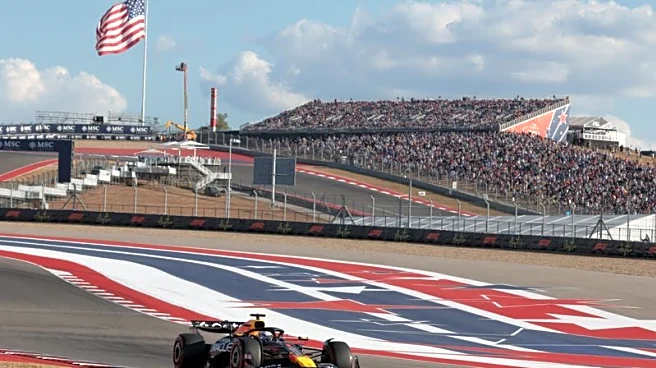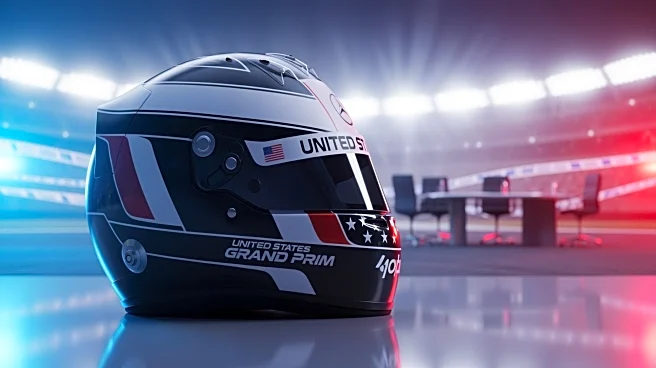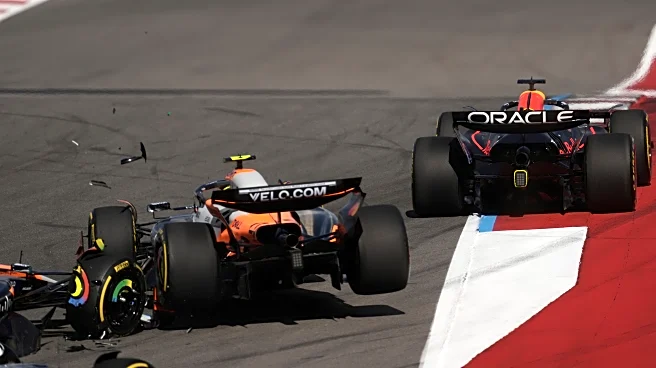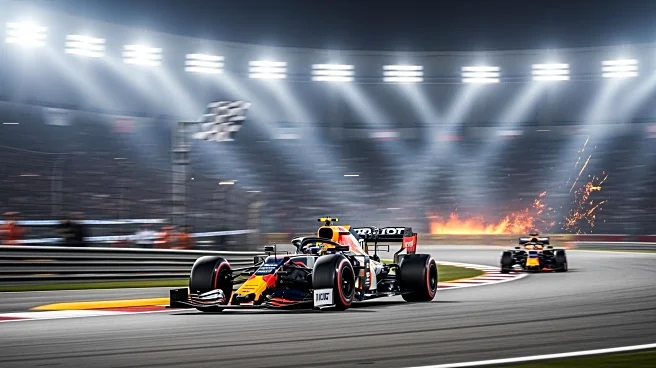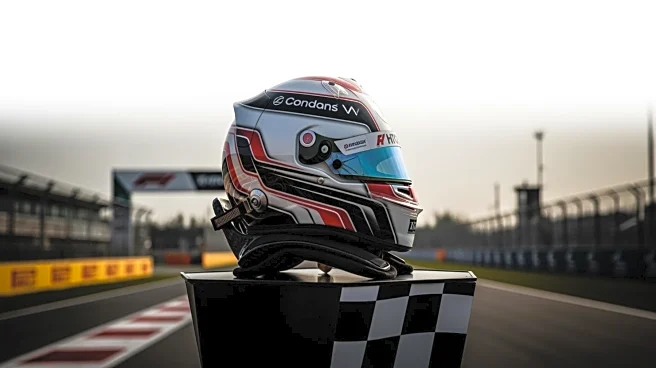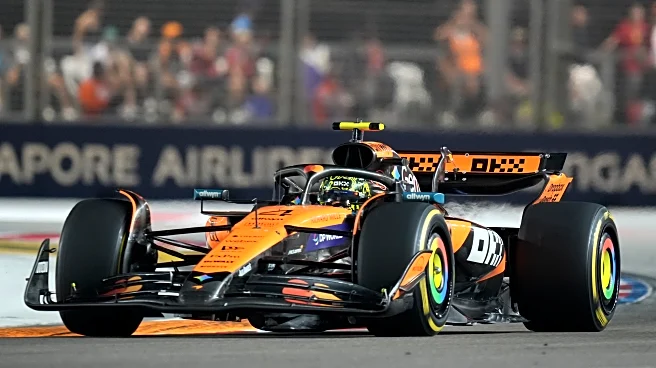What's Happening?
During the United States Grand Prix Sprint in Austin, McLaren drivers Oscar Piastri and Lando Norris were involved in a first-lap collision, resulting in both cars retiring from the race. This incident follows a similar collision at the Singapore Grand Prix,
where Norris was penalized by the team. In Austin, Piastri attempted to overtake Norris at the first corner but collided with Nico Hulkenberg's Sauber, which led to a crash involving both McLaren cars. Max Verstappen, driving for Red Bull, capitalized on the situation, securing victory and gaining significant points in the championship battle. McLaren's leadership initially blamed Hulkenberg for the incident but later retracted their criticism. The collision has sparked debate among pundits, with differing opinions on whether Piastri's actions were justified.
Why It's Important?
The collision between Piastri and Norris at the United States GP Sprint has significant implications for McLaren's internal dynamics and championship standings. With Piastri leading Norris by 22 points, the incident could affect team morale and strategy moving forward. The situation highlights the challenges of managing driver relationships and maintaining competitive integrity within a team. Additionally, Verstappen's victory and points gain intensify the championship race, putting pressure on McLaren to resolve internal conflicts and focus on performance. The incident also raises questions about the fairness and consistency of team-imposed penalties, potentially influencing future decisions in Formula 1.
What's Next?
McLaren is expected to conduct a full review of the incident, with potential implications for team strategy and driver penalties. The upcoming race in Mexico City will be crucial for Norris and Piastri, as the team may reconsider the sanctions imposed on Norris following the Singapore incident. The media day in Mexico will likely provide further insights into McLaren's approach to managing driver relations and competitive fairness. Stakeholders, including team executives and drivers, will need to navigate the complexities of maintaining team harmony while competing for championship points.
Beyond the Headlines
The collision at the United States GP Sprint underscores the ethical and strategic dilemmas faced by Formula 1 teams in balancing competitive fairness with internal team dynamics. The incident may prompt discussions on the role of team orders and penalties in ensuring equitable competition. Additionally, the situation highlights the importance of driver judgment and decision-making in high-pressure scenarios, potentially influencing future training and development programs within the sport.


